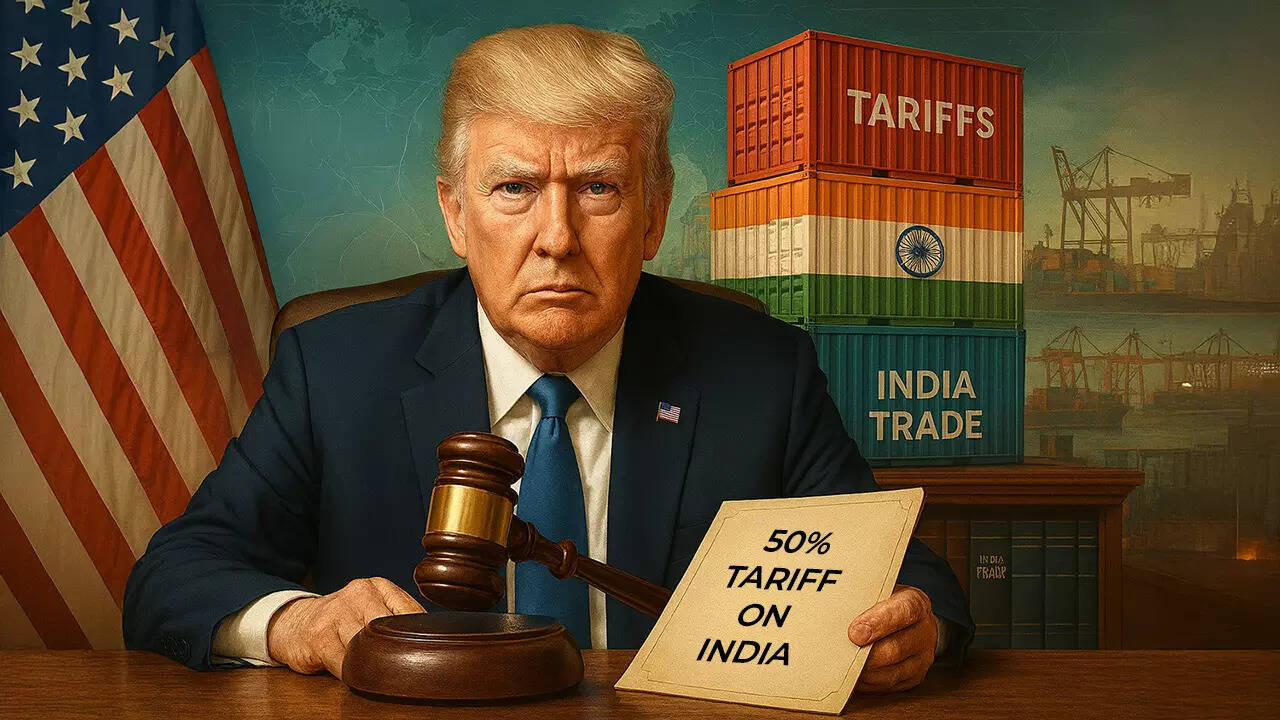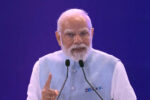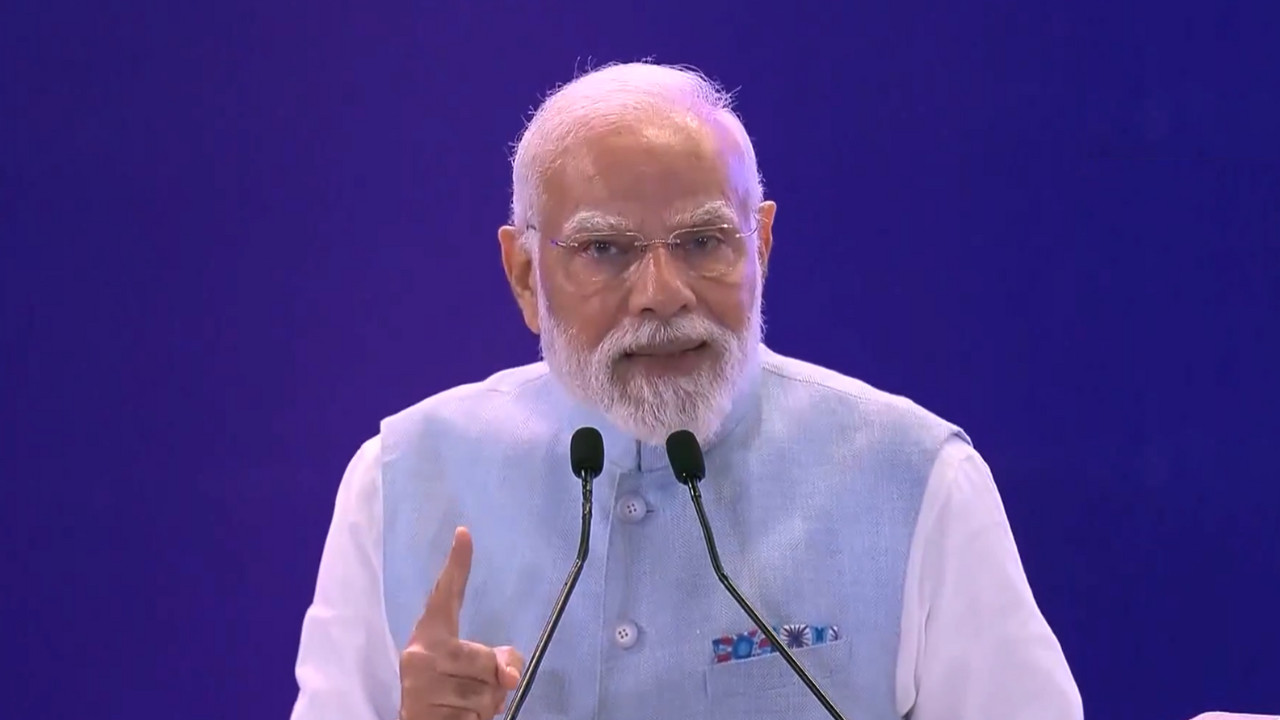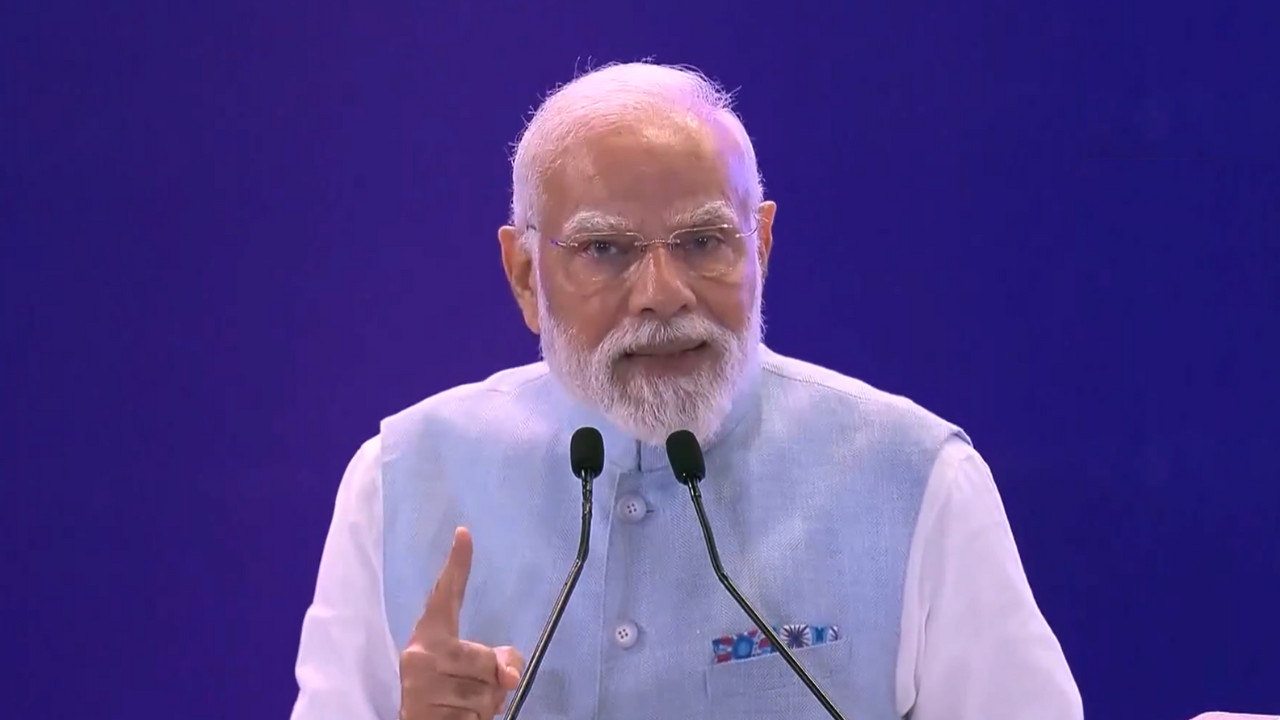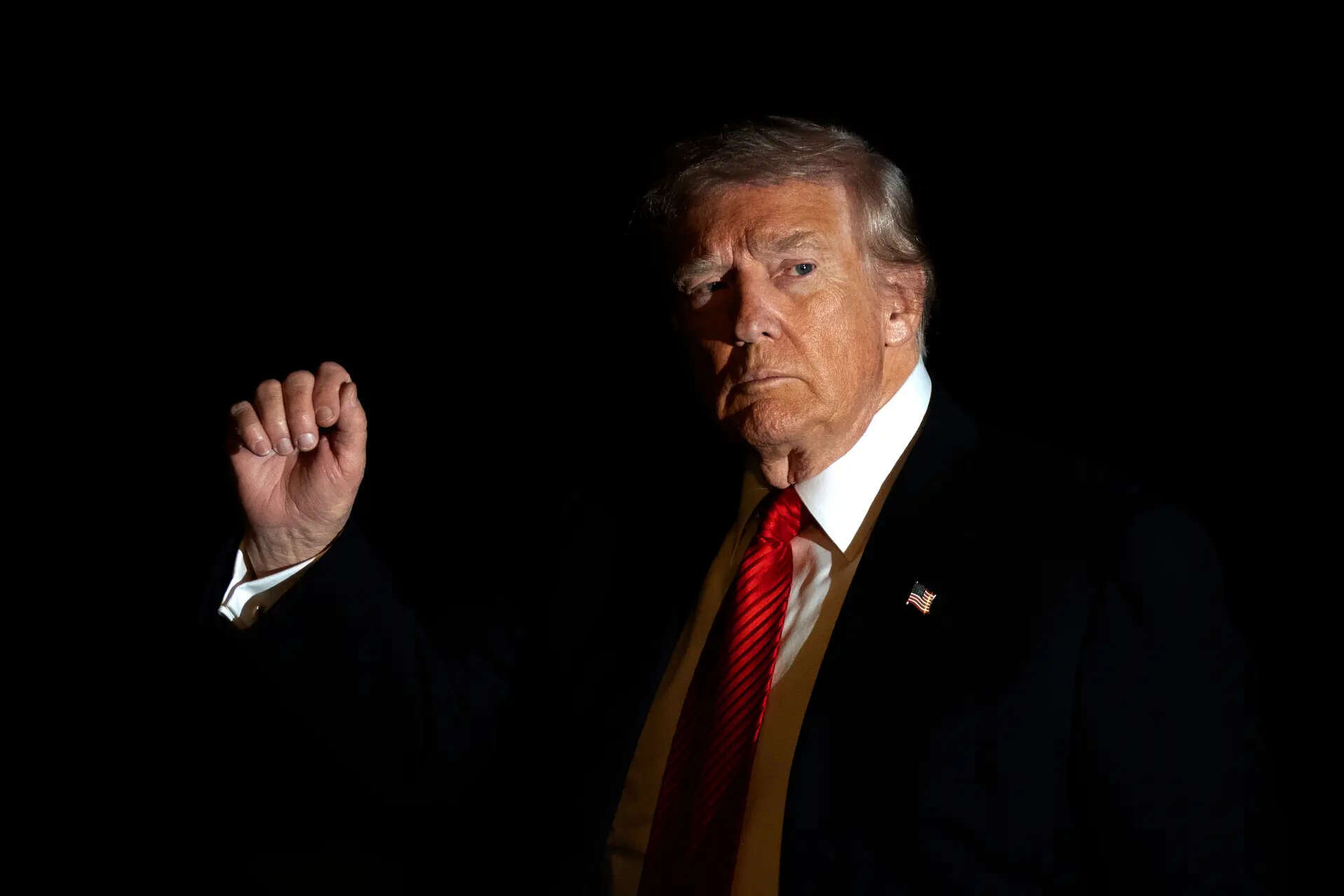In response to US tariffs, India is targeting 40 key markets, including the UK and Japan, to boost textile exports. This diversification strategy aims to position India as a reliable supplier of sustainable textiles. Export Promotion Councils will lead the effort, leveraging FTAs and international trade fairs.
India Threads a New Path: Boosting Textile Exports
For years, the global trade landscape has been a constantly shifting mosaic, influenced by everything from geopolitical tensions to evolving consumer preferences. One of the most significant recent developments has been the wave of protectionist measures, particularly tariffs, implemented by various countries. Now, India is strategically responding with a bold plan to bolster its textile exports and navigate this challenging environment.
Instead of passively absorbing the impact of tariffs, India is proactively targeting 40 countries to significantly increase its textile exports. This isn’t just about survival; it’s about seizing opportunity and solidifying India’s position as a major player in the global textile market.
Why Textiles? A Sector Ripe for Growth
Textiles are a cornerstone of the Indian economy, providing employment to millions and contributing substantially to the nation’s export earnings. The sector boasts a rich heritage of craftsmanship and innovation, blending traditional techniques with modern manufacturing processes. This unique combination positions India to cater to a diverse range of global demands, from high-fashion garments to functional fabrics.
The government recognizes this potential and is actively working to create a conducive environment for textile businesses to thrive. This includes simplifying regulations, investing in infrastructure upgrades, and providing incentives for innovation and technological advancement. By removing bottlenecks and fostering a culture of competitiveness, India aims to unlock the full potential of its textile industry.
A Targeted Approach to Export Expansion
The strategy involves a meticulous focus on 40 countries identified as having significant potential for importing Indian textiles. These countries represent a diverse range of markets, each with its own unique characteristics and preferences.
The targeted approach isn’t a one-size-fits-all strategy. Instead, it involves tailoring marketing efforts, product offerings, and distribution channels to suit the specific needs of each market. This might involve showcasing India’s expertise in sustainable and ethically sourced textiles in environmentally conscious markets, or highlighting the affordability and durability of Indian fabrics in price-sensitive regions. The aim is to present a compelling value proposition that resonates with local consumers and businesses.

Countering Tariffs with Competitive Advantage
The impetus behind this export drive is partly to mitigate the impact of tariffs imposed by countries. These tariffs, which add to the cost of imported goods, can make Indian textiles less competitive in affected markets.
However, India is not simply trying to undercut competitors on price. The focus is on building a competitive advantage based on quality, innovation, and sustainability. By investing in research and development, adopting eco-friendly production practices, and promoting fair labor standards, Indian textile manufacturers can differentiate themselves from the competition and appeal to discerning buyers. For example, exploring eco-friendly manufacturing processes.
Navigating the Global Trade Landscape
The global trade environment is constantly evolving, and India’s textile industry needs to be agile and adaptable to thrive. This means staying informed about changing regulations, anticipating shifts in consumer demand, and embracing new technologies. It also requires forging strong partnerships with international buyers, distributors, and retailers.
The government is playing a crucial role in facilitating these partnerships by organizing trade fairs, sponsoring delegations to international events, and providing support for export promotion activities. By connecting Indian textile businesses with potential customers around the world, the government is helping to create new opportunities for growth and expansion.
A Promising Future for Indian Textiles
India’s ambitious plan to boost textile exports represents a strategic response to the challenges and opportunities presented by the current global trade landscape. By focusing on quality, innovation, and sustainability, and by adopting a targeted approach to export promotion, India is well-positioned to strengthen its position as a leading textile exporter.
This initiative not only promises economic benefits but also contributes to job creation and the preservation of India’s rich textile heritage. The journey won’t be without its challenges, but with a clear vision, strategic planning, and unwavering commitment, India can confidently thread a new path towards a brighter future for its textile industry.
